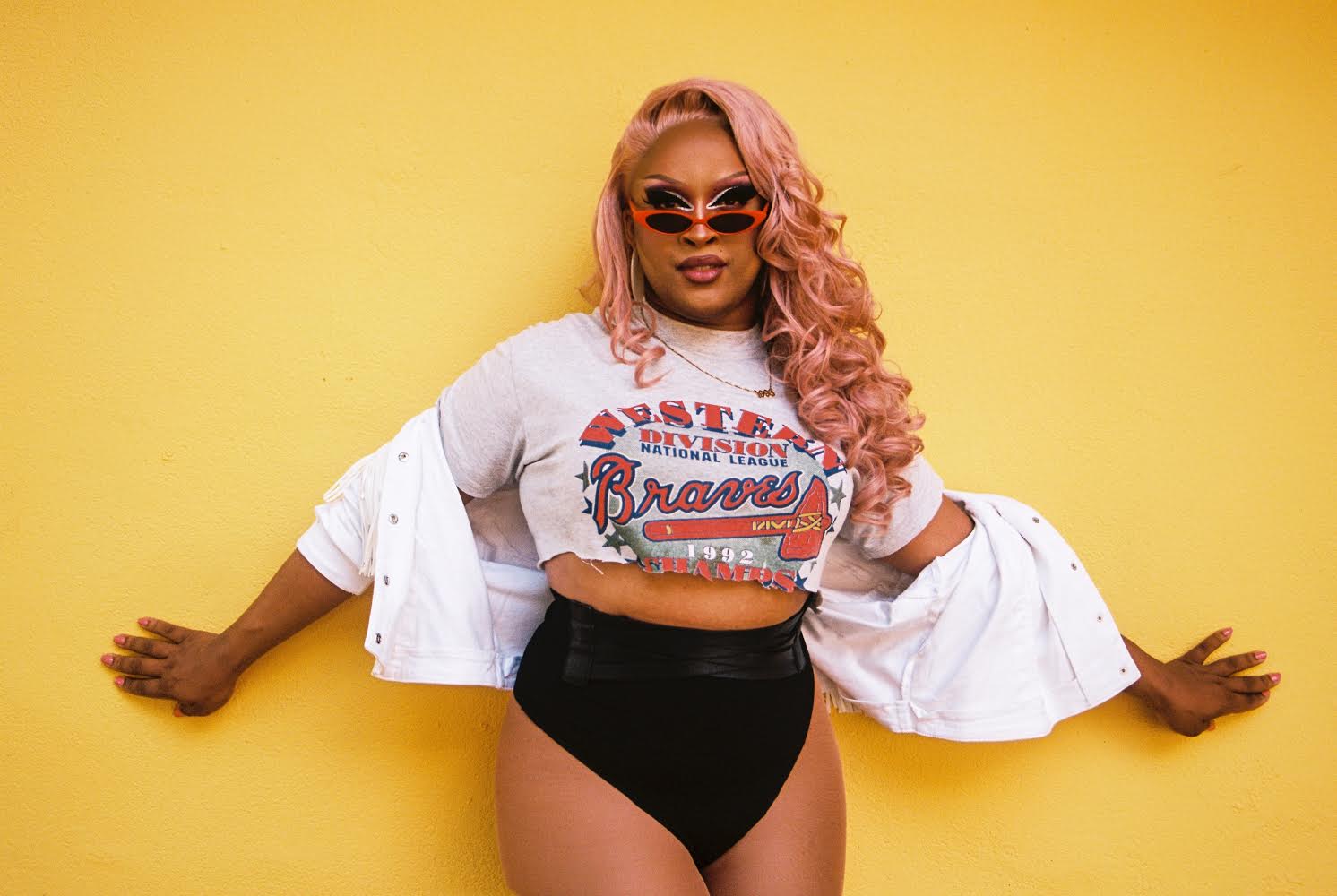
The world of drag is full of glitz, glamour and self-expression.
Drag shows are safe spaces where performers and audiences alike can be themselves free of judgment.
However, these performances often rely on audience interaction and, as a result, have had to face setbacks and come up with creative solutions throughout the COVID-19 pandemic.
Atlanta-based House of ALXNDR is one of the drag houses that has been working toward creative solutions, continuing to hold shows for audiences while remaining safe and following guidelines.
Drag performer Taylor ALXNDR, who uses they/them pronouns, is the drag mother of House of ALXNDR, serving as a mentor for upcoming drag performers.
ALXNDR is also one of the performers who has worked on putting together these virtual performances that promote creative spaces and bring in money for performers.
Virtual drag shows aren’t new occurrences but are becoming more popular due to the pandemic.
ALXNDR saw quarantine as the perfect opportunity to help local drag performers create virtual spaces.
They are facilitating areas where performers can showcase their craft and receive compensation.
“I started creating virtual shows when I saw that performers I work with, and myself, were losing valuable income and creative outlets,” ALXNDR said. “It started with a few one-off events and led up 404 Error: An ATL Online Drag Show, which features Atlanta and Georgia-based drag performers.”
This shift in performance format has also faced technological setbacks, which warranted creative solutions to aid in audience engagement and ensure a smooth show.
“Initially, many of the shows were live, but learning the new technology was slow and technical issues were abundant. So, now, many shows are pre-recorded, with their payment information posted on-screen during the show,” ALXNDR said. “Instead of performers interacting with attendees at the bar and whatnot like usual, now, performers can socialize and hype the show up in comment sections or chat rooms.”
Although these changes have helped performers adjust to these new platforms, many still face challenges when getting online views.
“Online drag doesn’t compare to in-real-life drag,” ALXNDR said. “Because of the pandemic’s strain on people’s pockets, the shows have been less viewed, and tips have been decreasing. I think we’re in a lull, and things will pick up again”.
The inability to perform live throughout the pandemic has hindered viewership and affected performers who do not have access to technology resources or know how to use them.
“Some of the benefits of online drag is that you can reach hundreds of new people you would never see at the bar. It’s also safer than doing drag in person right now,” ALXNDR said. “However, the energy is different. We don’t have the energy to feed off of like in bars. Attendance and tips are fickle. Also, learning video production is hard for many folks who don’t have the know-how or resources.”
Navigating this new platform can be tricky, especially for creatives such as drag performers, who make a living from their shows. The creativity and innovation of virtual drag shows have helped performers keep their careers alive during the pandemic. But, according to ALXNDR, they are eager to return to the clubs they call home.
“Online drag is an artificial sweetener, and doesn’t compare to the real, live thing,” they said.
